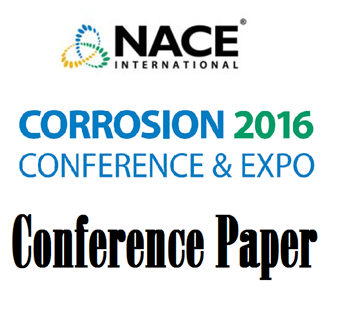Search
51316-7304-Evaluation of Protective Coating Performance in a Cyclic-Temperature Environment
Also Purchased
51316-7312-Changes in Test Methodology to Reflect the Changes Within the Oil and Gas Linings Market
Product Number:
51316-7312-SG
ISBN:
7312 2016 CP
Publication Date:
2016
$20.00
08003 A Correlation of Accelerated Corrosion Testing with Real Life Exposure After 6 Years in a Coastal/Offshore Environment
Product Number:
51300-08003-SG
ISBN:
08003 2008 CP
Publication Date:
2008
$20.00
51316-7345-New Advances in Epoxy Protective Coatings
Product Number:
51316-7345-SG
ISBN:
7345 2016 CP
Publication Date:
2016
$20.00




